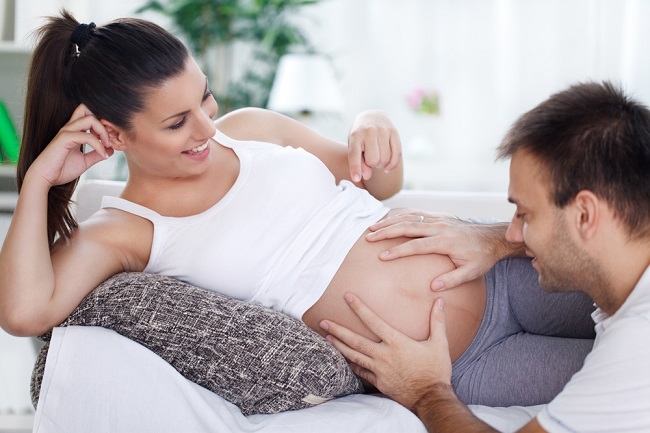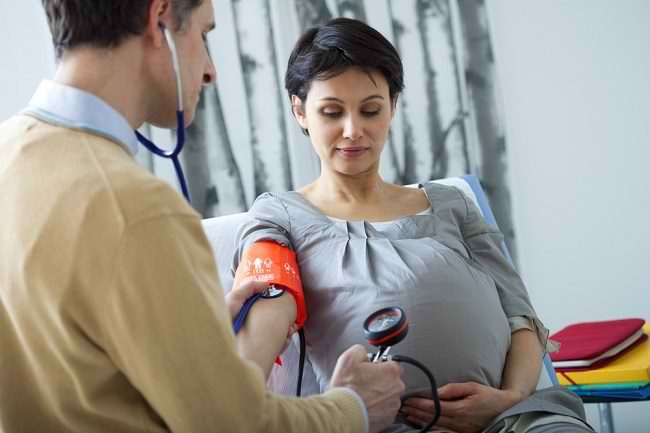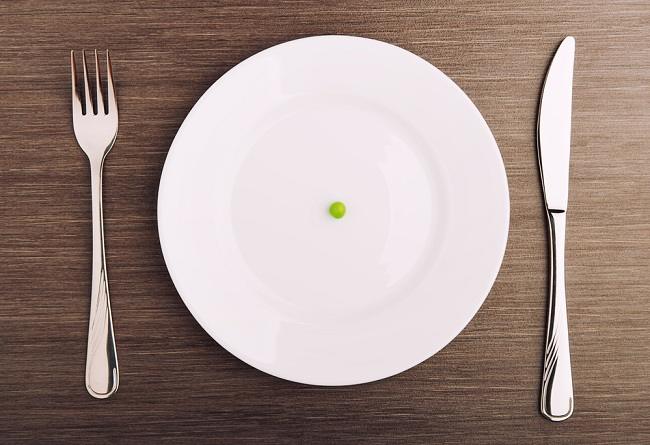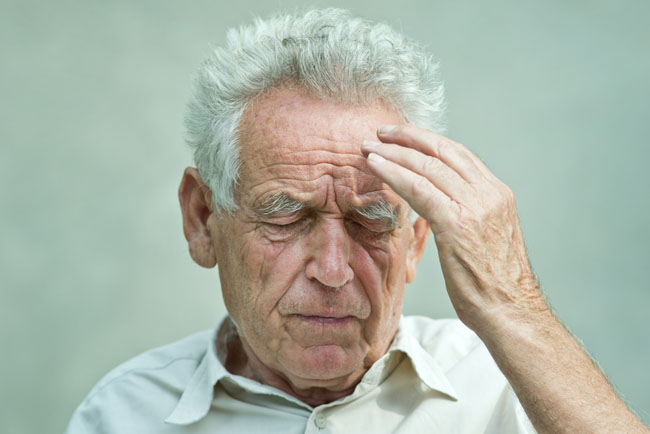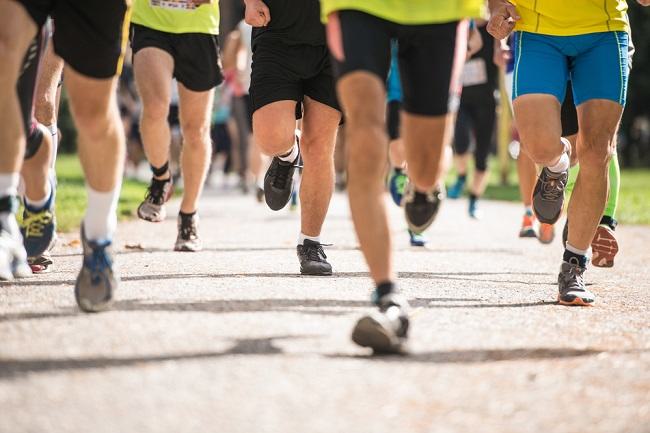Pronation is the medical term for a sleeping position or lying on your stomach. This position is often recommended to help COVID-19 patients who have difficulty breathing, both those who are hospitalized and those who are self-isolating.
Pronation sleeping position has been used for a long time to help patients with respiratory problems to breathe more comfortably. Currently, the pronation position has officially been included in the protocol for handling COVID-19 patients, both hospitalized and outpatient.

Pronation position allows the air sacs (alveoli) in the lungs to expand better so that it can help remove a lot of fluid in the lungs. This position can also help the airways become more spacious and increase the amount of oxygen in the body.
That way, COVID-19 patients who experience shortness of breath or a decrease in the amount of oxygen (hypoxia) are expected to be able to breathe better and more comfortably.
Conditions Requiring Pronation Position
Pronation position or proning technique is generally recommended for COVID-19 patients with low oxygen saturation (below 94%) and complaints of shortness of breath. This lying or sleeping position can be done in patients undergoing treatment in hospital or in self-isolation.
Various studies have shown that a proper and regular pronation position is considered to reduce the need for the use of breathing aids, such as ventilators, and reduce the risk of death from respiratory failure.
The prone position has also been shown to help increase the amount of oxygen in the blood of patients who have respiratory problems, for example due to COVID-19.
In addition, the pronation position can also be used in patients undergoing intensive care in a hospital or who require a ventilator-assisted breathing apparatus, for example due to pneumonia, COPD, acute respiratory distress syndrome (ARDS), or sepsis.
Warning Before Pronation Position for COVID-19 Patients
Although it is useful to increase oxygen saturation and make breathing more comfortable, not all COVID-19 patients are allowed to apply the prone position.
The prone position is generally not recommended in patients who:
- Are pregnant, especially in the last trimester of pregnancy
- Suffering from extensive burns or on the face
- Suffering from fractures, especially in the sternum or neck
- Have had surgery on the airway or trachea
- Suffering from heart disease
In addition, the prone sleeping position is also not recommended for infants because it can increase the risk of sudden infant death syndrome (SIDS).
How to Pronation Position for COVID-19 Patients
Pronation position is generally recommended to be done about 1-2 hours after eating. To start the pronation position, prepare about 4-5 pillows and make sure you are comfortable in all positions.
Here are the steps in doing the pronation position:
- Lie on your stomach.
- Place one pillow under your neck, 1 or 2 pillows under your chest, and 2 pillows under your knees or feet. The position of the pillow can be adjusted according to the needs and comfort of the body position.
- Make sure your head and other body parts are comfortable.
- Change position every 1-2 hours, for example from face down and then sideways to the left or right.
- During self-isolation and pronation, do not forget to continuously monitor oxygen saturation with an oximeter.
Apart from the above method, you can also do the pronation position in other variations, namely:
- Lie on your stomach with your head turned to one side and your hands tucked under your chest or shoulders, or both hands beside your head.
- Lie on your stomach with your head turned to one side and your feet at a 90 degree angle.
- Lie on your side with a pillow in front of you and your side against the bed, and between your knees for support.
The pronation position can be repeated for a few days, if it results in better breathing or an increase in oxygen saturation.
But remember, if during self-isolation and trying to pronation you feel suddenly short of breath, decreased oxygen saturation, weakness, or looks pale and bluish, you should consult a doctor or visit the nearest hospital.
This means that your condition is getting worse, so you need to get help as soon as possible. If necessary, the doctor may recommend that you undergo treatment in a hospital.

